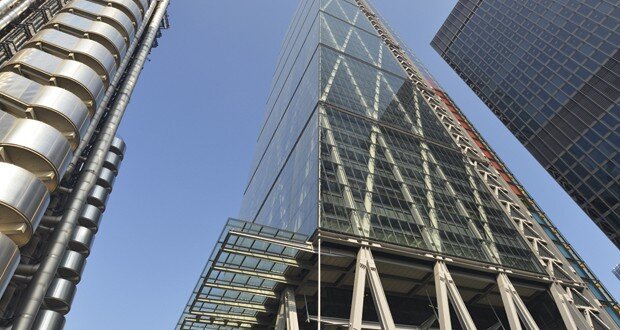
Contractors in London are only bidding for approximately two in three tender opportunities, according to AECOM’s 2014 London Contractors Survey.
AECOM polled main contractors with a combined UK turnover of almost £7bn.
The survey found that the rise in the amount of work prospects in the capital meant that contractors were able to be more selective about what projects they work on and who they work with.
This market shift has seen contractors adopting a more ‘risk-averse’ strategy. One respondent stated: “We are intending to be very selective with the opportunities we tender and seeking low-risk opportunities. That will exclude any single-stage tenders due to fixed-price uncertainties. We are seeking negotiated and two-stage tendering opportunities.”
Market recovery during the past 12 months has seen requests to submit tenders increase “substantially,” according to the survey. A number of dormant projects have come back to life and new projects have become viable once more on the strength of rising property sales, rents and values. However, despite this upturn in activity, the level of bidding hasn’t always matched the boost in opportunities.
AECOM says that, due to the lack of capacity, relationships across the supply chain are currently paramount for successful project tendering and delivery. It also states that, as part of the subtle shifts in power and influence that have been evident in the past year, there’s also common agreement that subcontractors “wield significant influence presently.”
AECOM director Brian Smith said: “Clients are seeing sustained and increased tender prices – what we forecast a year ago has become a reality.
“Contractors are now becoming far more selective, assessing project attractiveness and risks. Stable relationships between clients and contractors are becoming ever more important.
“Procurement route, work type and the location of work are also increasingly being given as reasons to tender or not to tender, with many contractors now only willing to accept work on a negotiated basis.
“However, it is important to remember that overall price levels are still lower than they were in 2008, and even at the rates of inflation we forecast they will not get back to their previous peak until 2017.”
